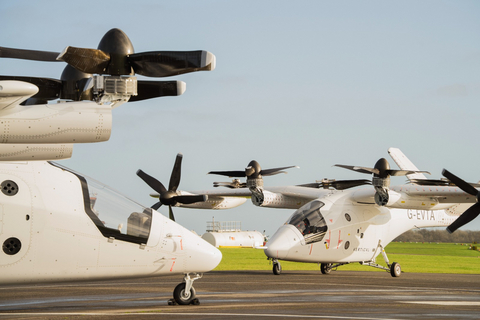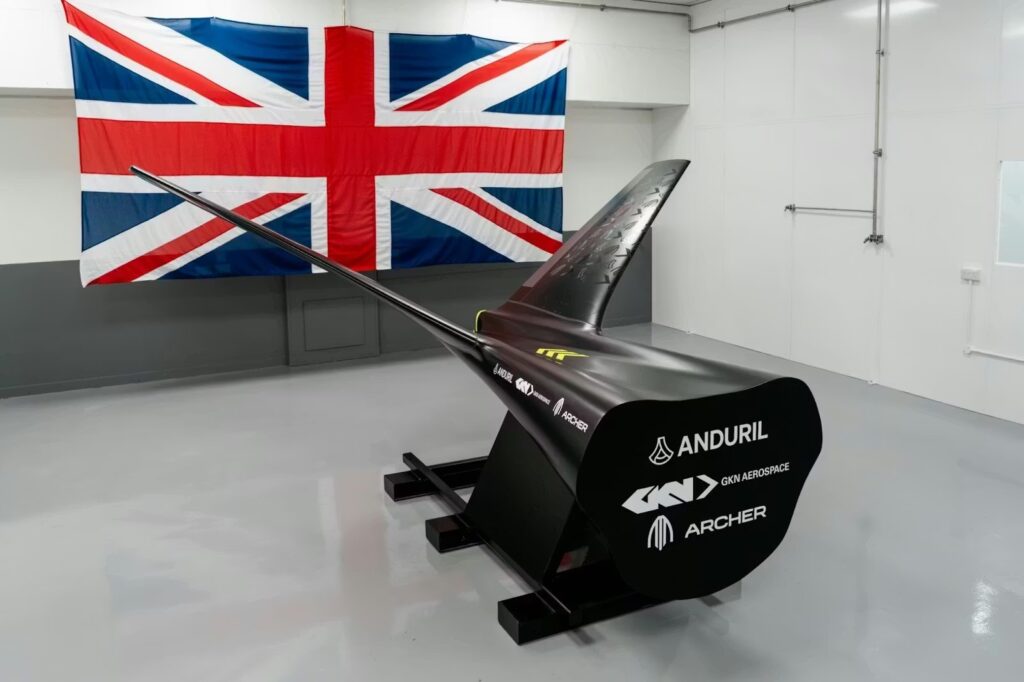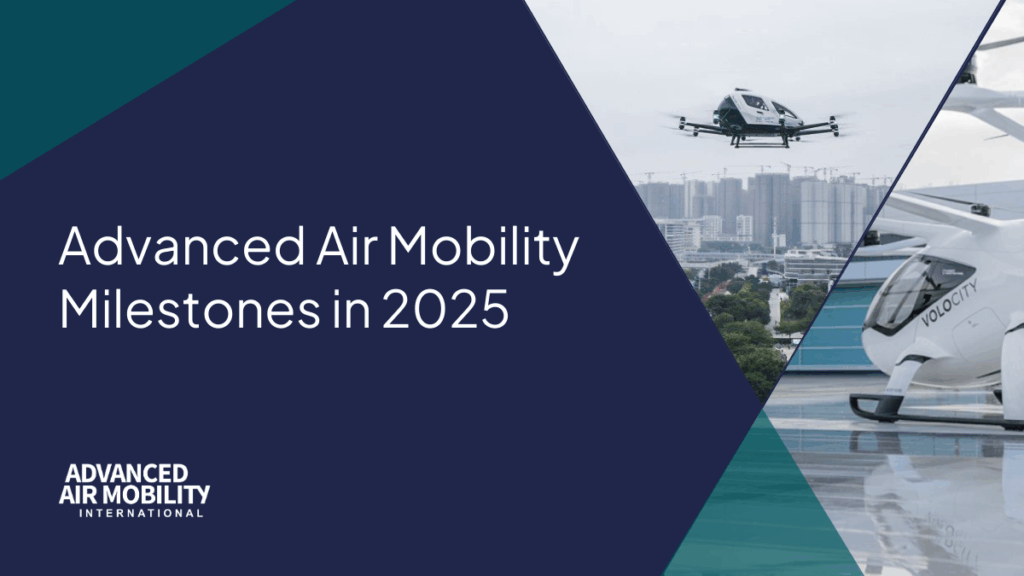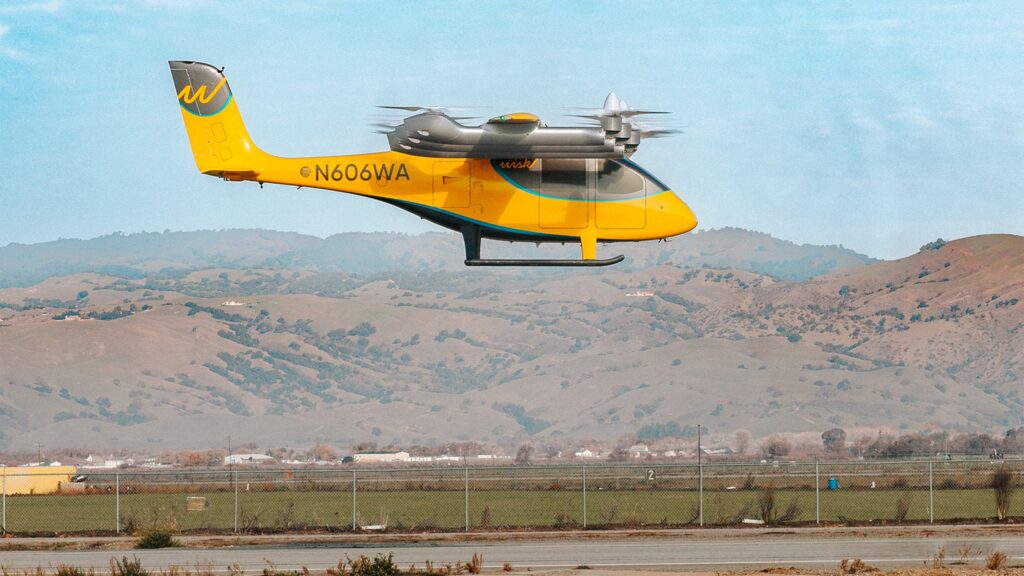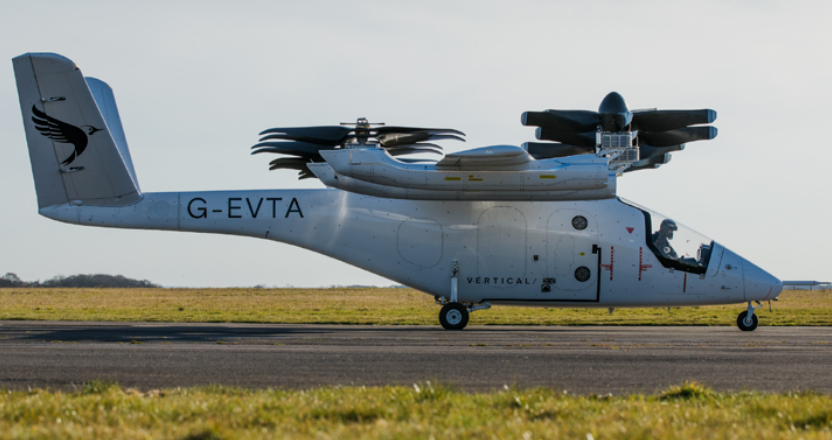
Vertical Aerospace’s VX4 eVTOL aircraft will utilize the Combined Charging System (CCS), aligning with industry leaders such as BETA Technologies and Archer Aviation in supporting a unified, high-speed charging infrastructure for electric aviation.
This strategic move supports the creation of a standardized global charging ecosystem, helping to streamline interoperability between OEMs, operators, and infrastructure providers. By embracing CCS, Vertical aims to reduce long-term operating costs and support faster, more efficient deployment of electric aircraft.
The CCS protocol enables rapid charging and battery conditioning, which is critical for high-frequency shuttle operations. With this adoption, the VX4 will be compatible with all existing CCS-compliant charging stations, including BETA Technologies’ expanding charger network, facilitating quicker turnaround times and broader operational flexibility.
Stuart Simpson, CEO at Vertical Aerospace, said, “With certification efforts with five aviation authorities and customers across four continents, Vertical, together with BETA and Archer, choosing this standard means the industry has decided. Standardizing charging infrastructure is a crucial step in making electric aviation commercially viable. By adopting the CCS, we’re ensuring that VX4 can integrate seamlessly into a shared charging network, which is great news for our customers and reinforces our commitment to delivering a scalable eVTOL ecosystem.”
Chip Palombini, BETA’s Charge Production Lead, commented, “The true unlock of the next generation of aviation won’t come just from novel aircraft, it’s about a robust interoperable charging infrastructure that can support all manufacturers. We are building a foundation that will allow eVTOLs to operate and scale safely, reliably, and efficiently across the globe, and Vertical Aerospace shares that vision.”
David Dunning, Director of Global Innovation & Policy, General Aviation Manufacturers Association (GAMA), added, “A unified charging standard is important as it would assist in reducing costs, streamlining operations and accelerating adoption of electric aircraft, which benefits manufacturers, operators, infrastructure operators and passengers alike.”


